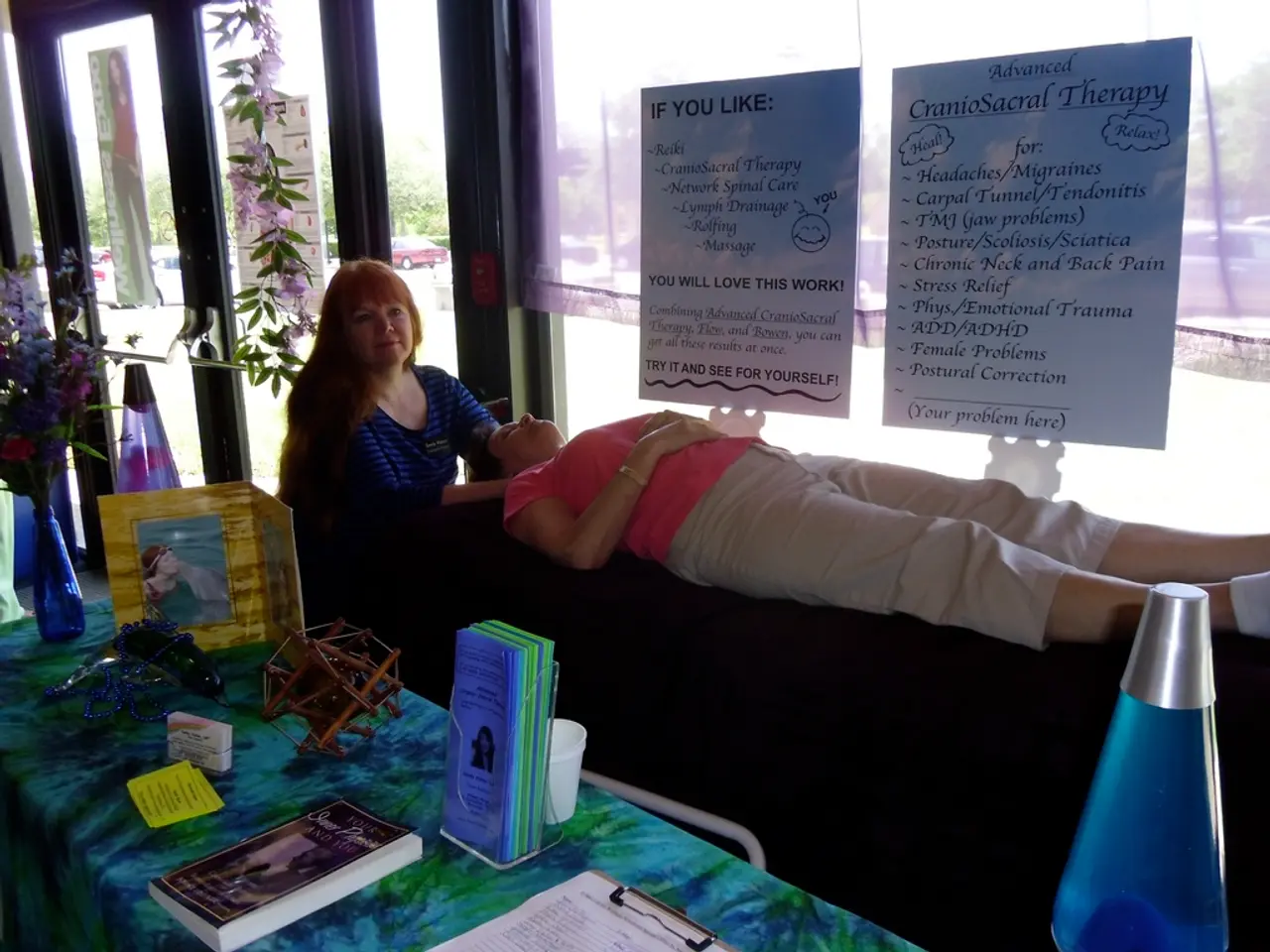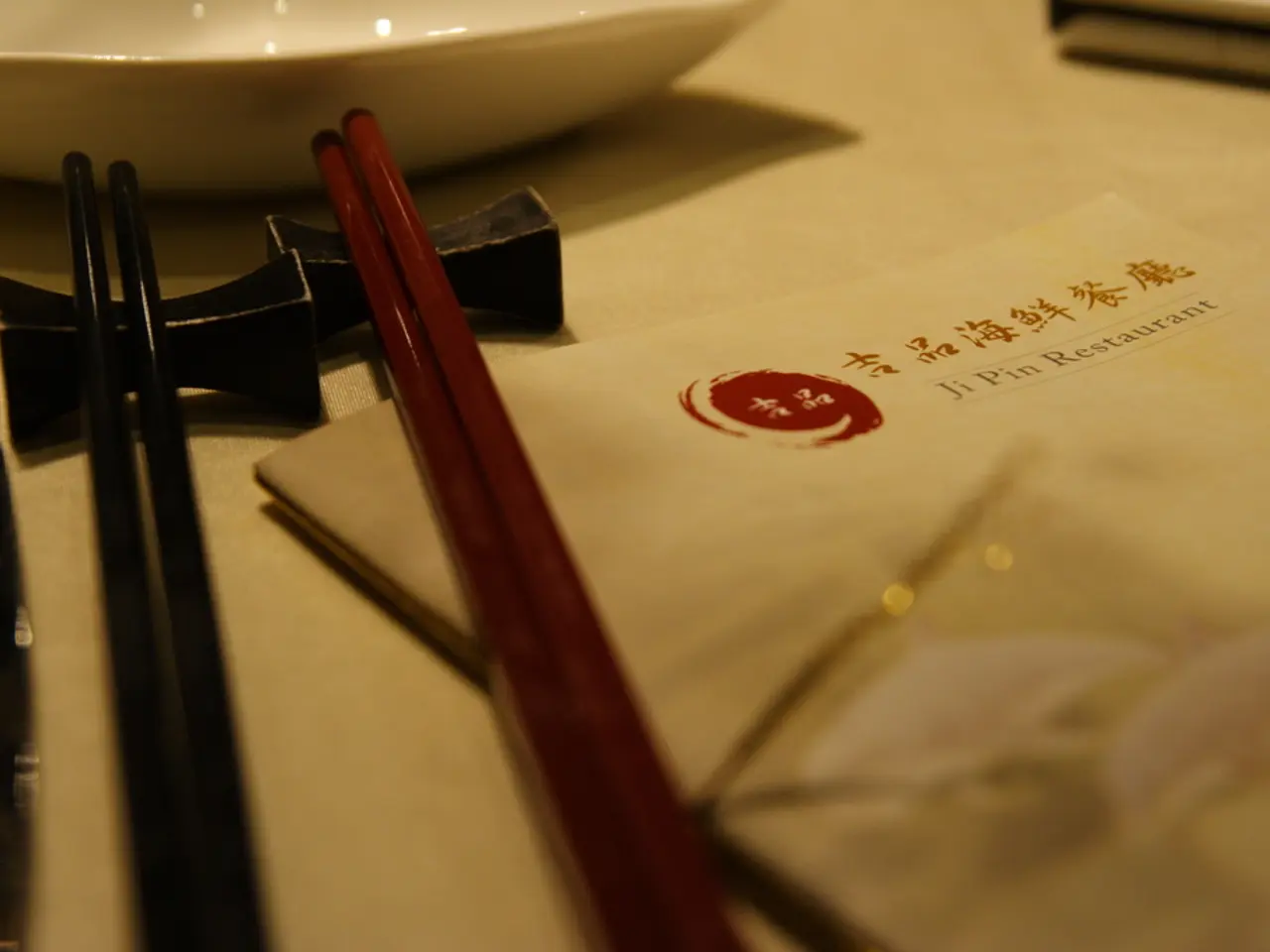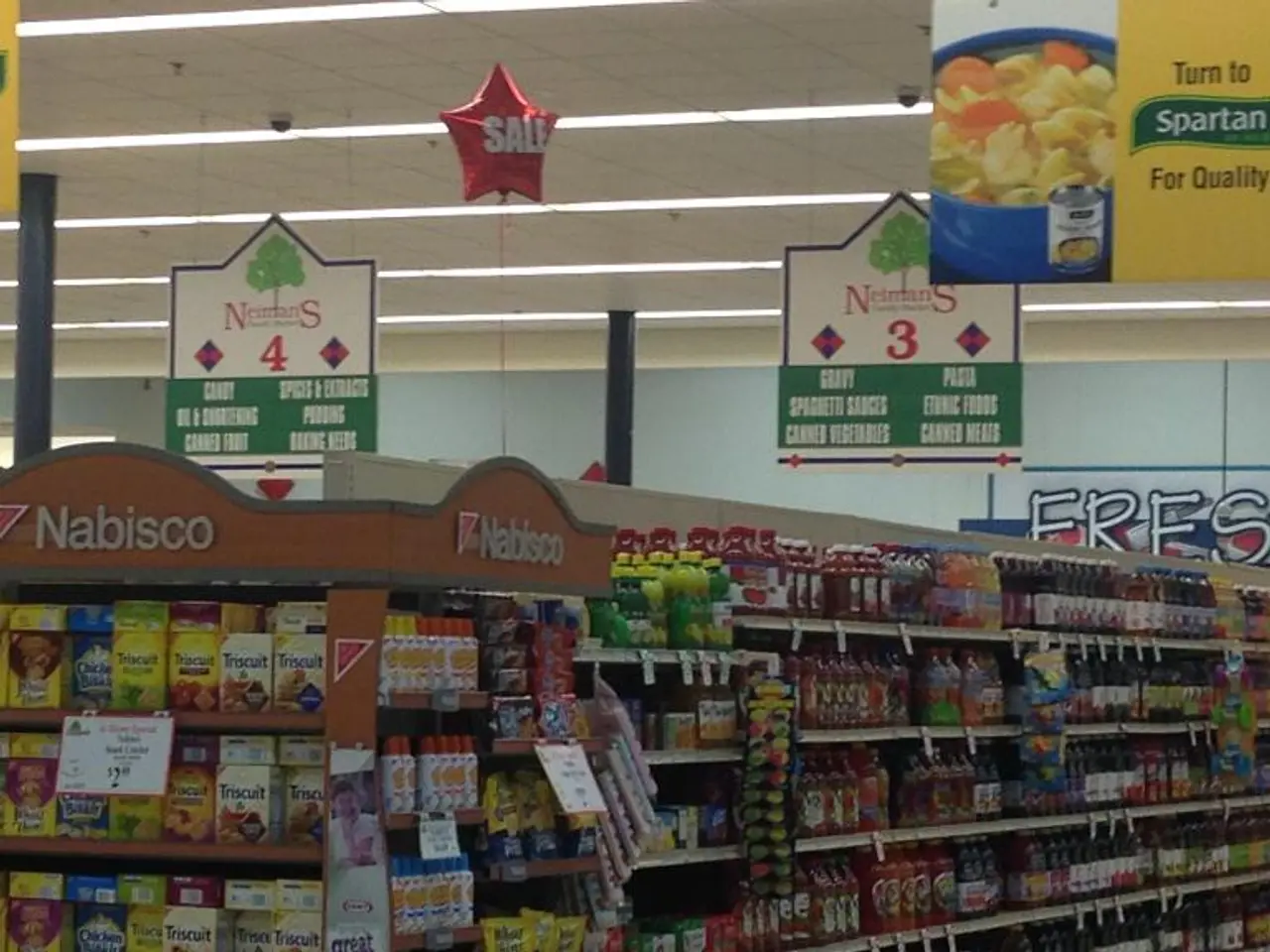Two Methods to Clear up Your Randomly Scattered Mess
In the quest for a clutter-free home, dealing with miscellaneous items can be a challenge. These are items that don't belong to any specific category but aren't trash. Here, we present two effective strategies to help reduce visual clutter and bring order to your living space.
Strategy 1: Absorb Miscellaneous Items into Existing Categories
The first strategy involves finding a category that already exists and having it absorb items that are otherwise random. For instance, batteries, lighters, and fix-a-flat can be stored with crafts or tools, as they are types of tools in their own right. Scissors, on the other hand, can find a home in a craft box.
To implement this strategy, consider placing a decorated box on your entry table to hold miscellaneous items needed outside of your home, such as keys, sunglasses, or a change sorter for your car. Hang key holder hooks on the wall at the entry to keep your keys organized and easily accessible.
Strategy 2: Form a Miscellaneous Posse
The second strategy is to group items together that don't belong to any specific category but aren't trash. This approach, which we like to call the "Miscellaneous Posse," can help you keep track of items that might otherwise get lost in the shuffle.
Repurpose small boxes as "junk drawer" sorters, such as cellphone boxes. Place a cellphone box near your bed or entryway to store items like chargers, earphones, or small accessories. Super glue can also find a place in one of these boxes, as it's a tool used in various crafts.
Effective Strategies for Organizing Clutter
In addition to these strategies, effective strategies for organizing miscellaneous clutter around the house include using systematic sorting methods like the Four Box Method, creating designated drop zones with baskets or trays, starting small with manageable areas, and maintaining long-term habits to prevent clutter build-up.
The Four Box Method involves labelling four boxes as Trash, Storage, Put Away, and Give Away/Sell. Work room by room, sorting items into these boxes. After sorting, discard trash, store items properly, put away necessary items, and remove items to give away or sell. This method helps decide what to keep and what to discard while preventing overwhelm.
Start small and set clear goals, beginning with small areas such as a drawer or spice rack to build momentum and avoid feeling overwhelmed. Setting decluttering goals clarifies priorities, whether tidying up or creating long-term organization.
Use designated containers and zones, such as baskets, bowls, or trays near entryways or high-traffic areas as "drop zones" for everyday carry items. Grouping miscellaneous items in trays or bowls visually reduces clutter and keeps items contained and accessible. Vertical storage (stacking drawers) and under-bed storage are effective for maximizing space, especially in less accessible areas such as attics or garages.
Adapt to natural habits and zone spaces, customizing organization to match your tendencies. If you tend to pile items, create clear zones with labeled containers to redirect that behavior. Leaving some empty designated spots prevents clutter from accumulating unpredictably.
Maintain order long-term by adopting habits like the "One-In, One-Out" rule, scheduling regular decluttering sessions, and using smart storage solutions to sustain organization. Together, these strategies combine systematic sorting, space optimization, behavior adaptation, and maintenance practices to effectively manage miscellaneous clutter in various home spaces.
- A blog post focusing on lifestyle and home-and-garden could delve into strategies for reducing visual clutter in the home, such as the absorption of miscellaneous items into existing categories or the formation of a "Miscellaneous Posse".
- To maintain a clutter-free home, the "One-In, One-Out" rule could be employed as a long-term habit, addressing the ongoing challenge of dealing with miscellaneous items, ensuring the home remains organized and decluttered.




